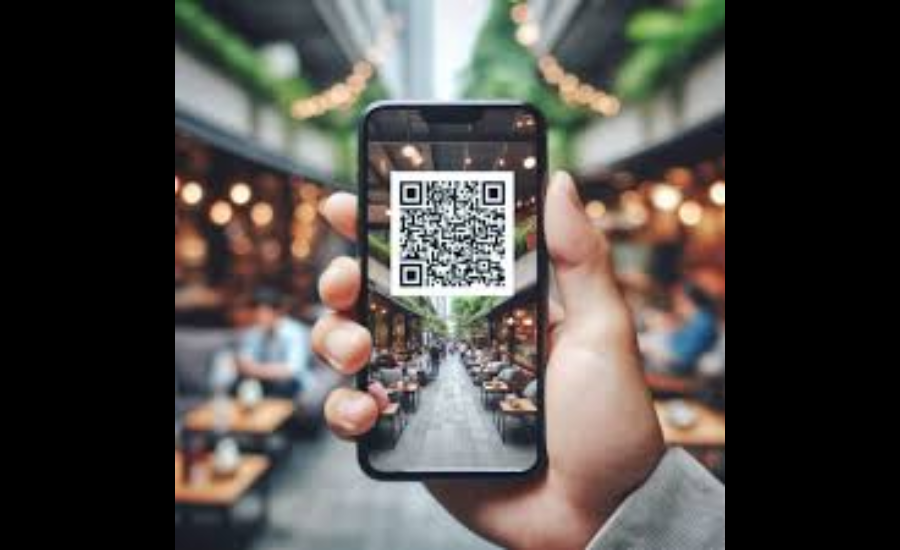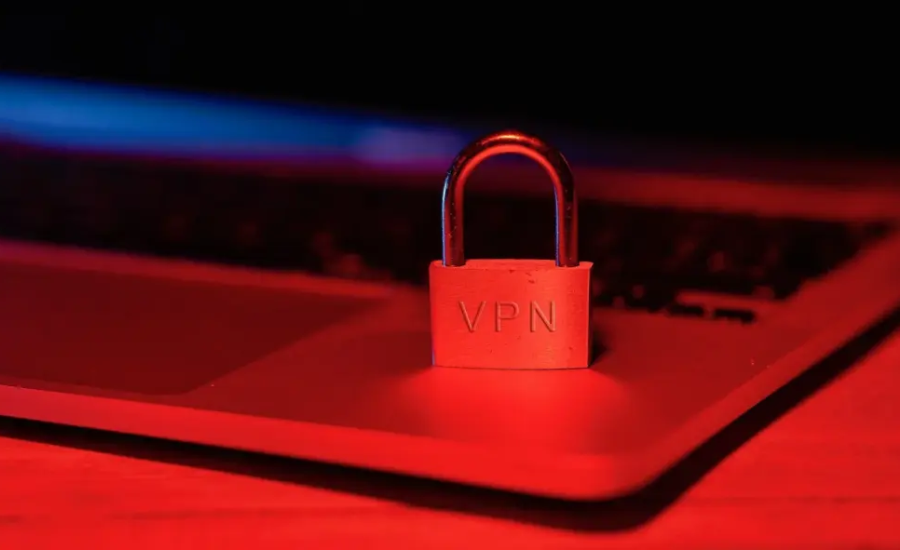Once considered niche technology, QR codes have come to center stage, powerful in connecting the tangible with the digital. From customer service to marketing and logistics, industries worldwide find newer ways to implement QR codes in process simplification, customer engagement, and value addition. Here are some of the most exciting ways QR codes are changing our daily lives-and a quick guide on how to create a QR code for a link to get started with this technology yourself.
1. Enhancing Customer Service with Speedy Digital Access
Another great benefit of QR codes is the fact that they can facilitate customer service. Nowadays, businesses can just use a QR code and create an instant way into accessing a support resource. Companies place QR codes on product packaging, receipts, and user manuals so customers can quickly scan and be taken directly to the troubleshooting guides, frequently asked questions, or even live chats. The need to sit on hold for many minutes is eliminated, and customers’ answers are obtained in seconds.
Wonder how to create a QR code for a link to your customer service resources? Many such QR code generators allow you to customize these in such a way that they connect to specific pages of support so as to establish a direct line of communication between your customers and the help they need.
2. Engaging Campaigns: Revolutionizing How to Do Marketing
Marketing loves QR codes as the quick-and-easy way to create interactive campaigns. They’re popping up everywhere these days, on billboards to social media, and telling audiences to scan for more information to participate in any fun experience, such as AR or gamified content.
For example, an airline can develop a QR code campaign that tourists can scan for traveling tips, access experience discounts, or even take in virtual previews of their destinations. Learning how to make a QR code for the link to specific campaign pages will help brands route people to tailored landing pages, tracking engagement and growing data crucial for marketing.
3. Improving Restaurant Experiences with Digital Menus
QR codes have also revolutionized the food and beverage space. Instead of having to physically handle the menu, patrons can scan the QR code on tables to access digital menus, order their food, and even pay for the order. This notion makes it not only very convenient but also reduces the need to share materials with people, which has become a really valuable feature in recent years.
Restaurants can make edits to menus with no need to reprint any materials and create a customized experience with links to daily specials or seasonal items. If you’re in the restaurant industry, it’s a great thing to learn how to create a QR code for a link to a digital menu to easily update your customer experience .
4. Streamlining Logistics and Inventory Tracking
In logistics and manufacturing, QR codes have become so valuable in inventory tracking and ensuring product authenticity. Placing QR codes on packages allows employees to scan and get instant updates on inventory status, shipping details, and even item location inside a warehouse.
QR codes can also serve the function of improving security through verification linked to product pages. For instance, in purchasing a luxury item, the consumer may scan the QR code located on it to verify the product’s legitimacy. This protects both the brand and buyer from counterfeiting.
5. Making Contactless Payments and Ticketing Easier
Of the contactless payment options, the surge has QR codes at the center. Today, retailers, transit systems, and venues use QR codes for touchless payments and ticketing. Customers will simply need to scan a QR code through checkout to complete transactions that are far more convenient and hygienic.
For events, QR code-based tickets make entry seamless. Organizers can issue all their tickets digitally, and at the entrance, one needs only to scan the codes to check in. In setting this up, organizers create QR codes linked to online payment portals or ticketing pages; hence, an effective simple solution for seamlessness.
If you are in a healthcare setting, learning to create a QR code linking your resources reassures you that the patient and staff have quick and sure access to important information right when it is needed.
6. Bringing Art and Culture to Life with Interactive Exhibits
Nowadays, QR codes have started to find their applications in museums and galleries to give an edge to the experience of the visitor. Instead of mere text panels, QR codes can be provided alongside exhibits, leading to multimedia content such as artist interviews, 3D models, or historical background. This does not only enhance the viewing experience but also frees up the visitors to explore at their own pace and even after they leave the venue.
For exhibit managers, how to create a QR code for a link to this supplemental material is an easy way to bring art and history to life.
How to Get Started with QR Codes
If you’re ready to start integrating QR codes into your business strategy, making one is relatively simple. To connect a QR code with a website, you can use any online QR code generator. Simply type in the URL, customize the design if you want it to fit your brand, and then download the code. Then, use it anywhere your audience will easily be able to access it.
From the versatility of QR code, businesses in all industries help create better interactions, processes, and customer experiences. As the technology keeps on changing, so does the ways it’s being used. Now is the perfect time to see what QR codes can do for your organization.
Also visit Insight rays for more info.



